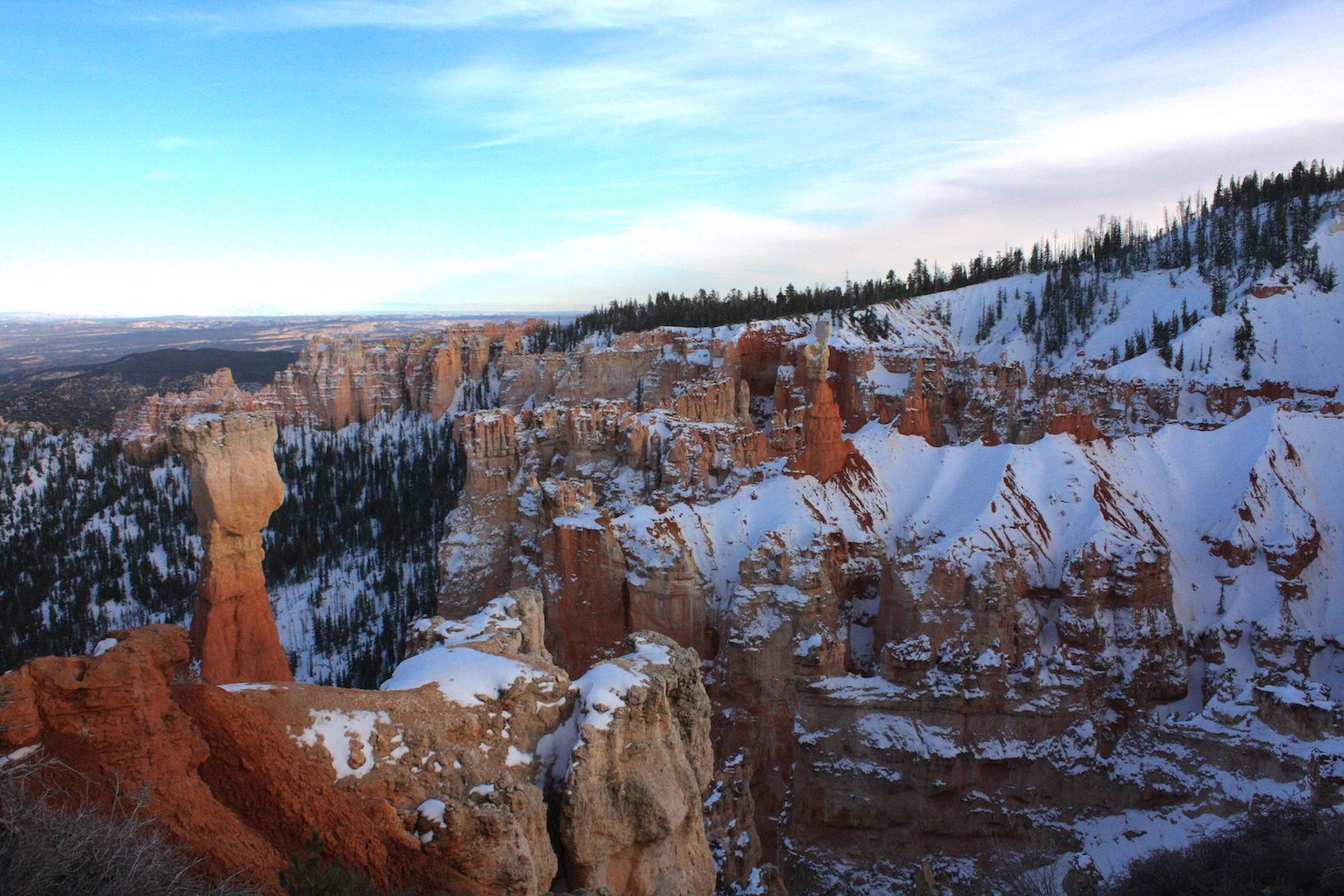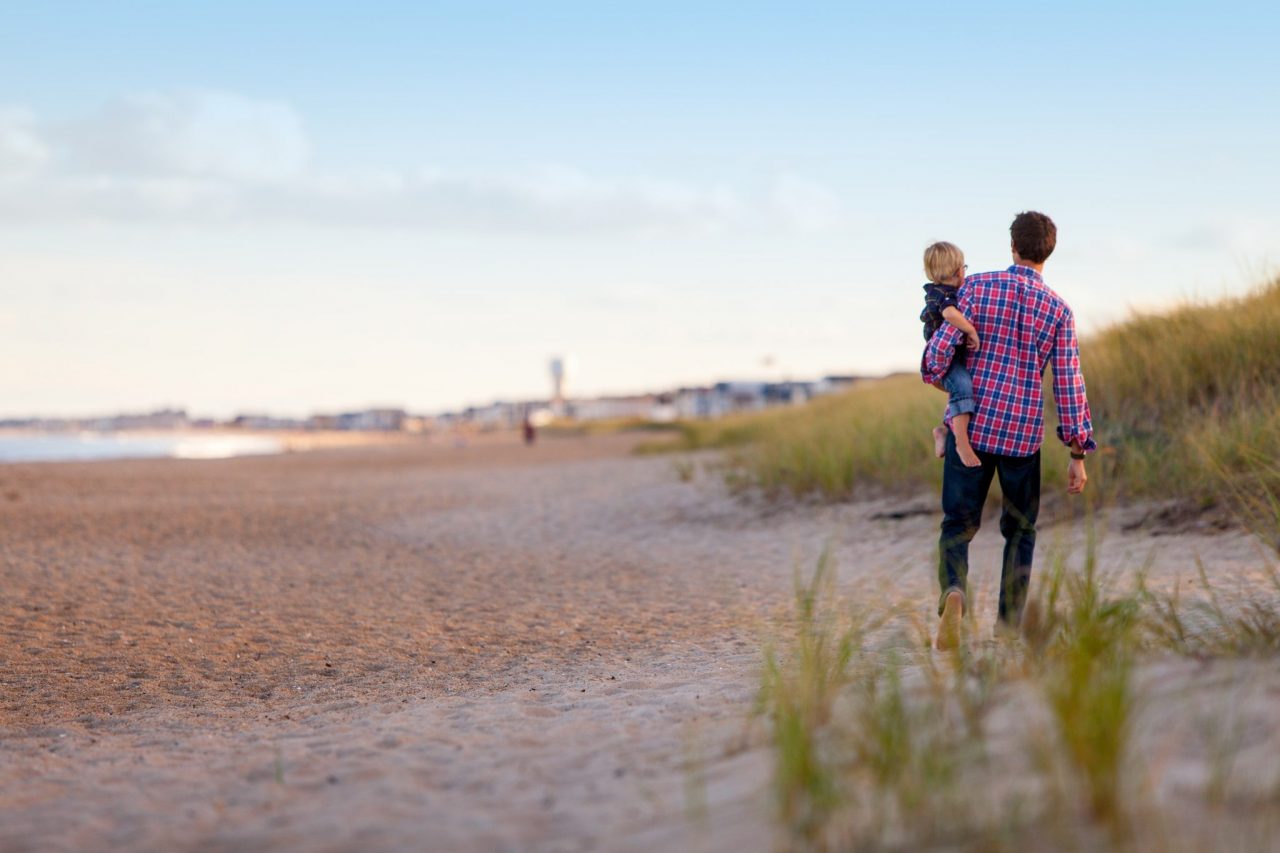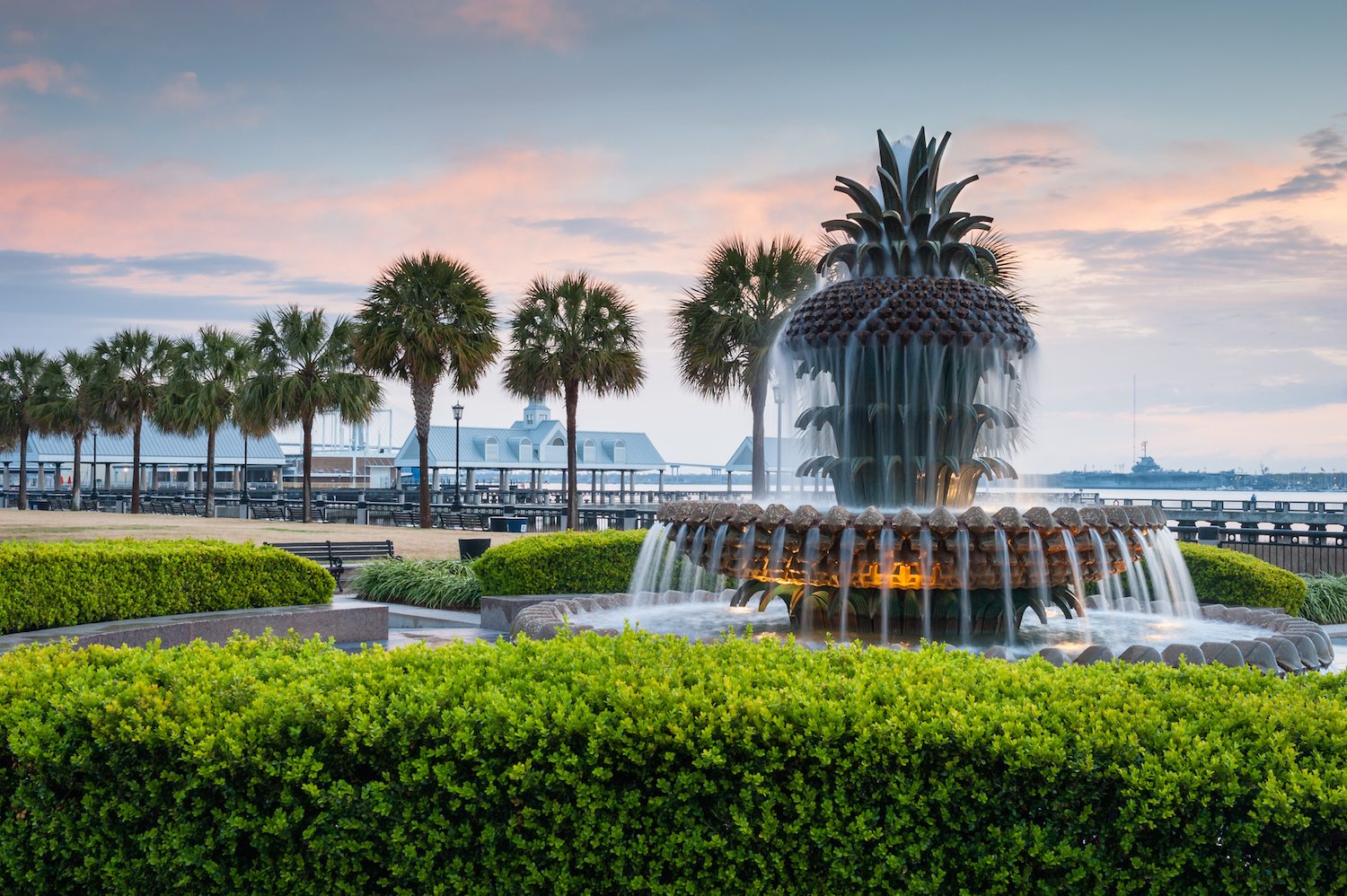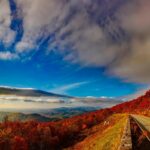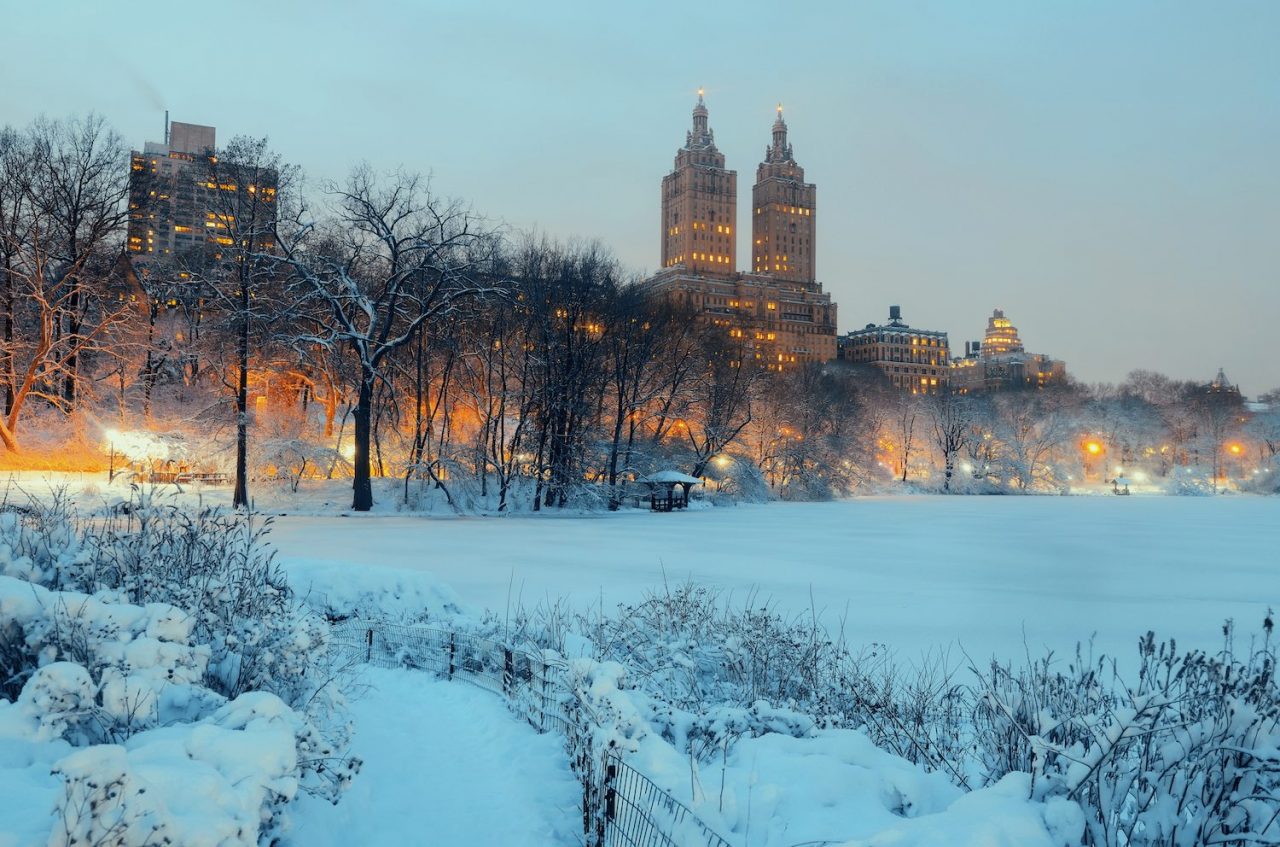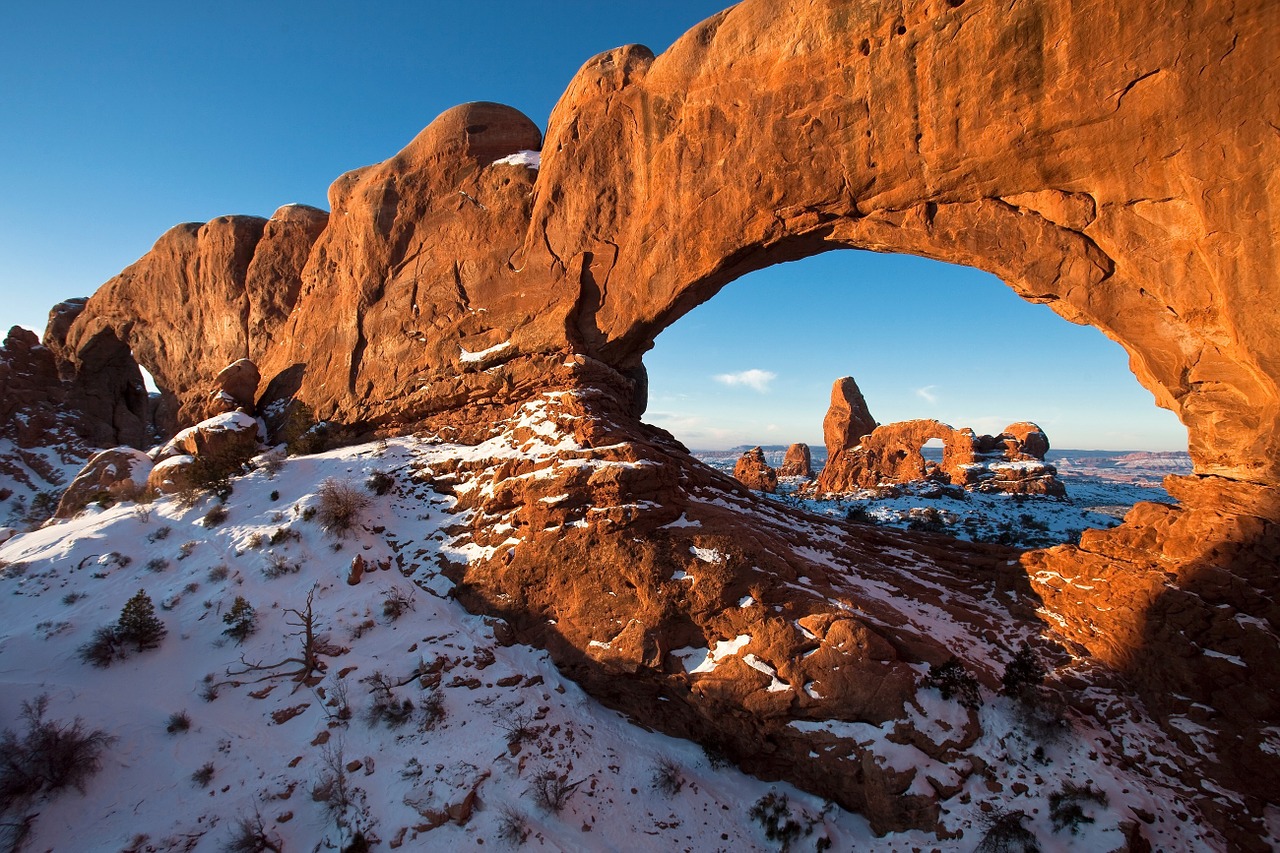Some of the best destinations for leisure travel in the U.S. are the more than 400 national parks and lands. Many of these preserved lands offer plenty to see and explore year-round, but visiting some of America’s favorite national parks can be different during the off-season.
Why Visit in the Off-Season?
There are lots of great benefits to visiting popular national parks during the off-season (typically during winter). Landmarks that are crowded with tourists during the heat of the summer can be visited in the winter with no other visitors.
You’ll have a chance to take incredible photos that make it seem like you have the park completely to yourself. That might even be the case; we visited Mesa Verde National Park in late winter and were one of only six cars in the park! You’ll also want to be on the lookout for wildlife that’s more active when the park is quiet.

Photo by Anne Sandoval
Tips for Off-Season Visitors
These tips will help you make your national park vacation a success any time of year!
Office Hours
Most of America’s national parks operate on seasonal hours, so it’s important to research hours ahead of time by visiting the official national park service website. Many visitor centers are closed during the winter, so you can be prepared by packing your own food, drinks, sunscreen, etc. It’s wise to check the park’s official website any time you’re planning to visit to review any park alerts that might be in effect.
Many of the parks also publish seasonal guides that can provide important information for visiting the park during each time of year.
Fun fact: If you’re traveling with a National Parks Passport, a fun souvenir that you can stamp at each park, and a visitor center is closed when you visit, don’t worry! You can simply email the park with your address and which date you visited, and they’ll stamp some paper to send to you.
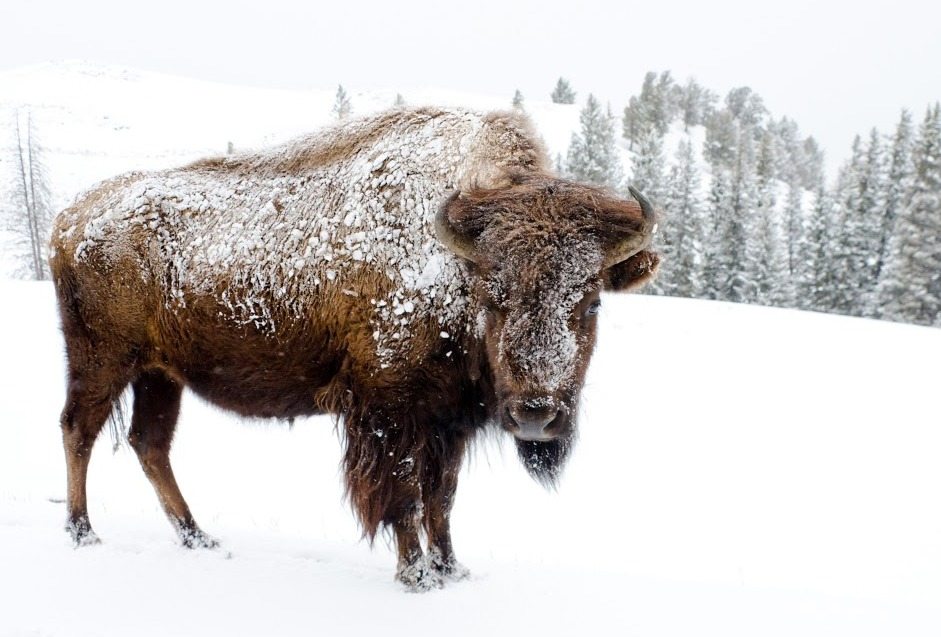
Weather & Safety
Safety is more important than ever in the off-season. Check the weather ahead of time, including expected sunrise and sunset times so you aren’t caught off-guard. It’s also important to understand that some park roads, scenic drives, hiking trails and lookouts may be closed in the winter or due to severe weather. When there are fewer visitors in the park, wildlife might be more active, so make sure you take care to follow all laws and safety protocols when wildlife is present.
Have you ever visited a national park in the off-season? Share your travel tips in the comments below!

